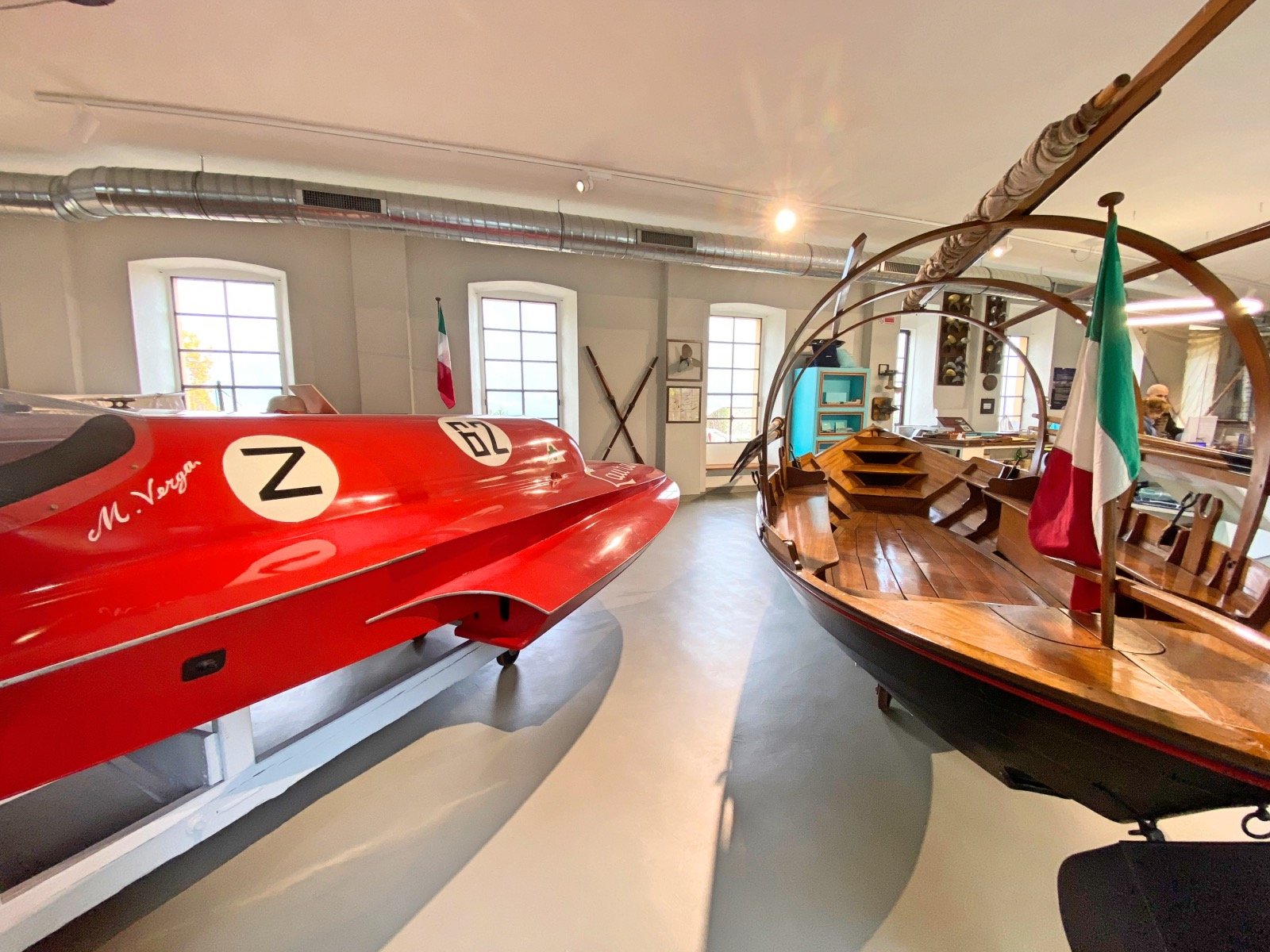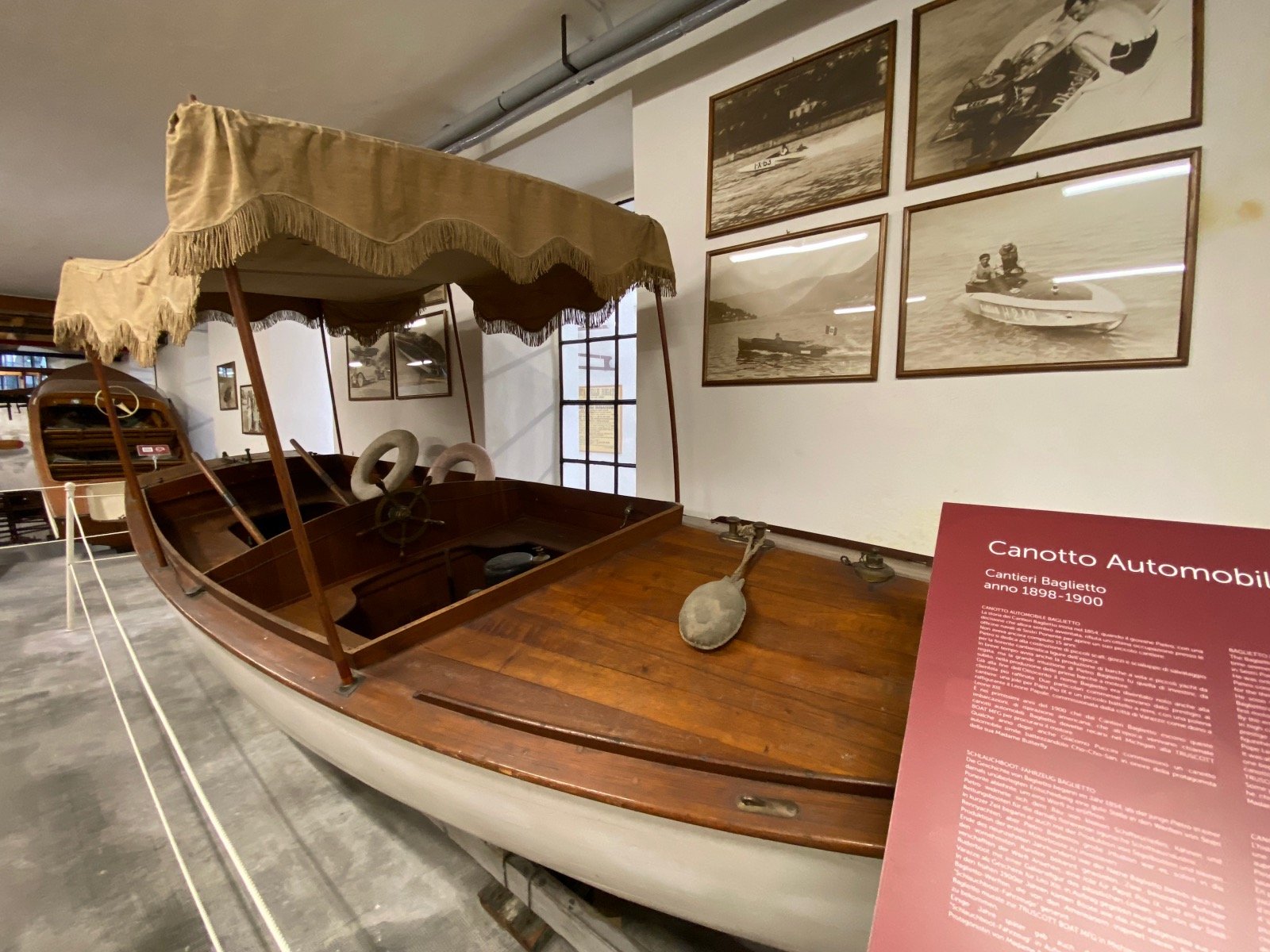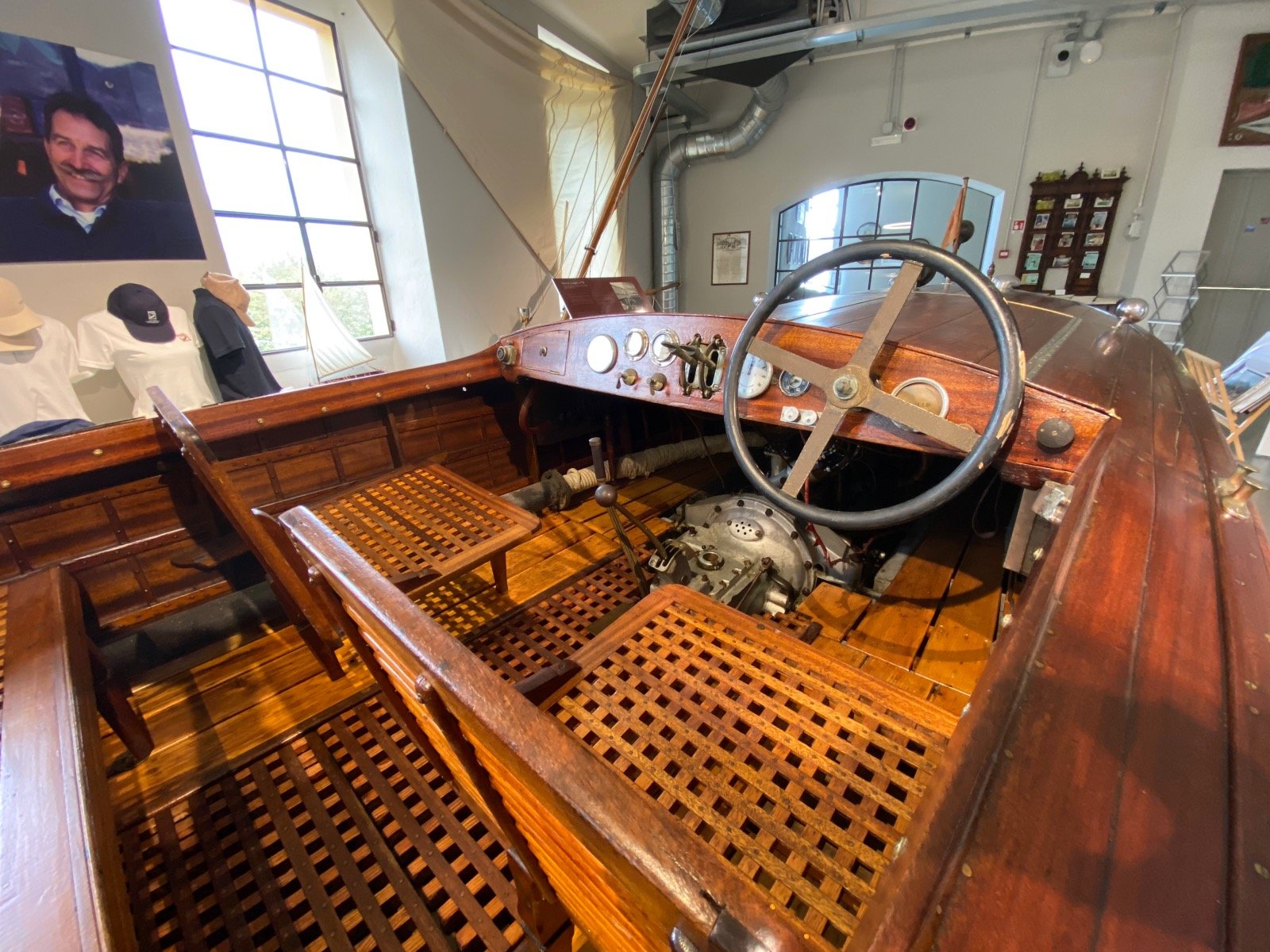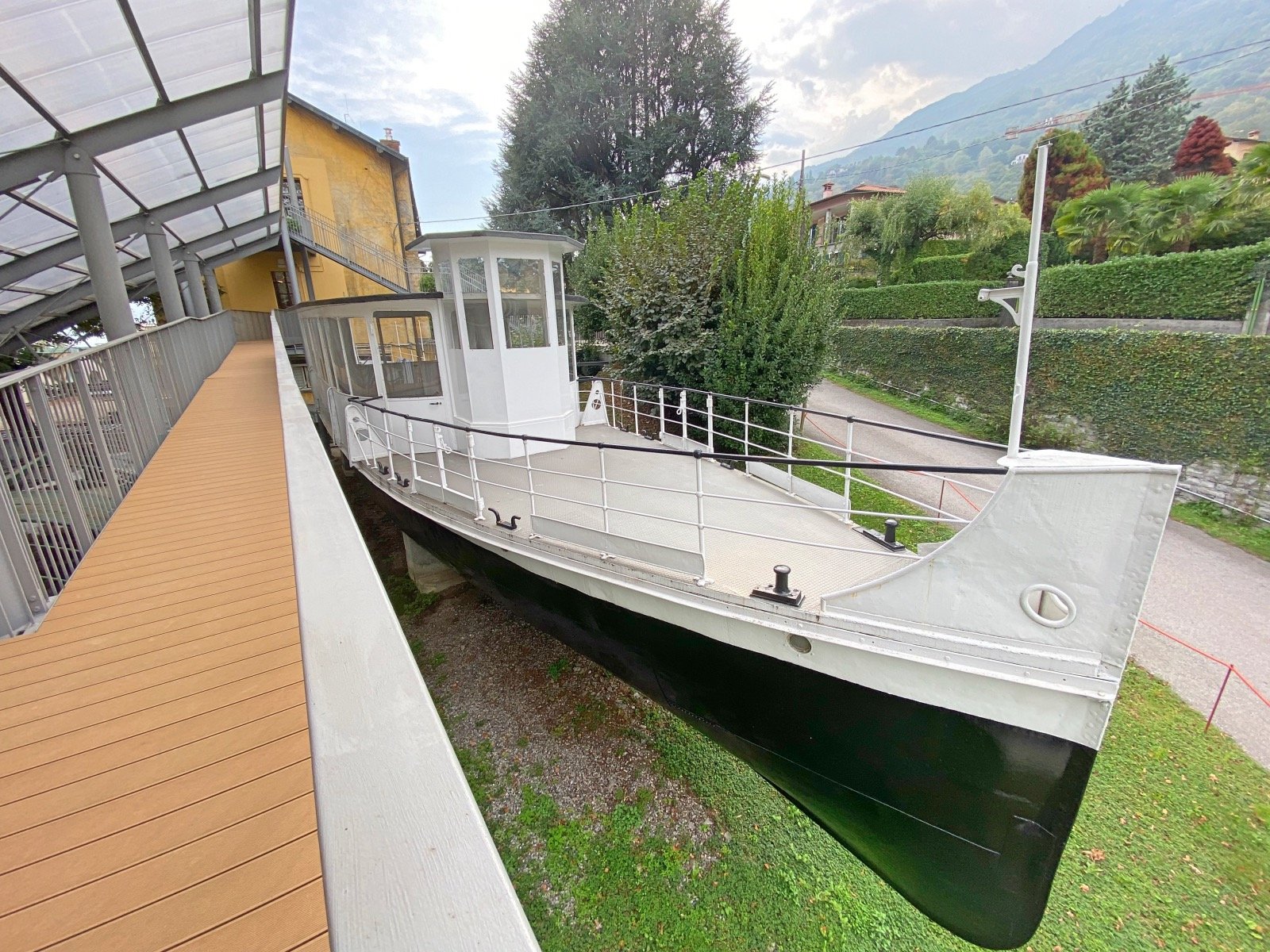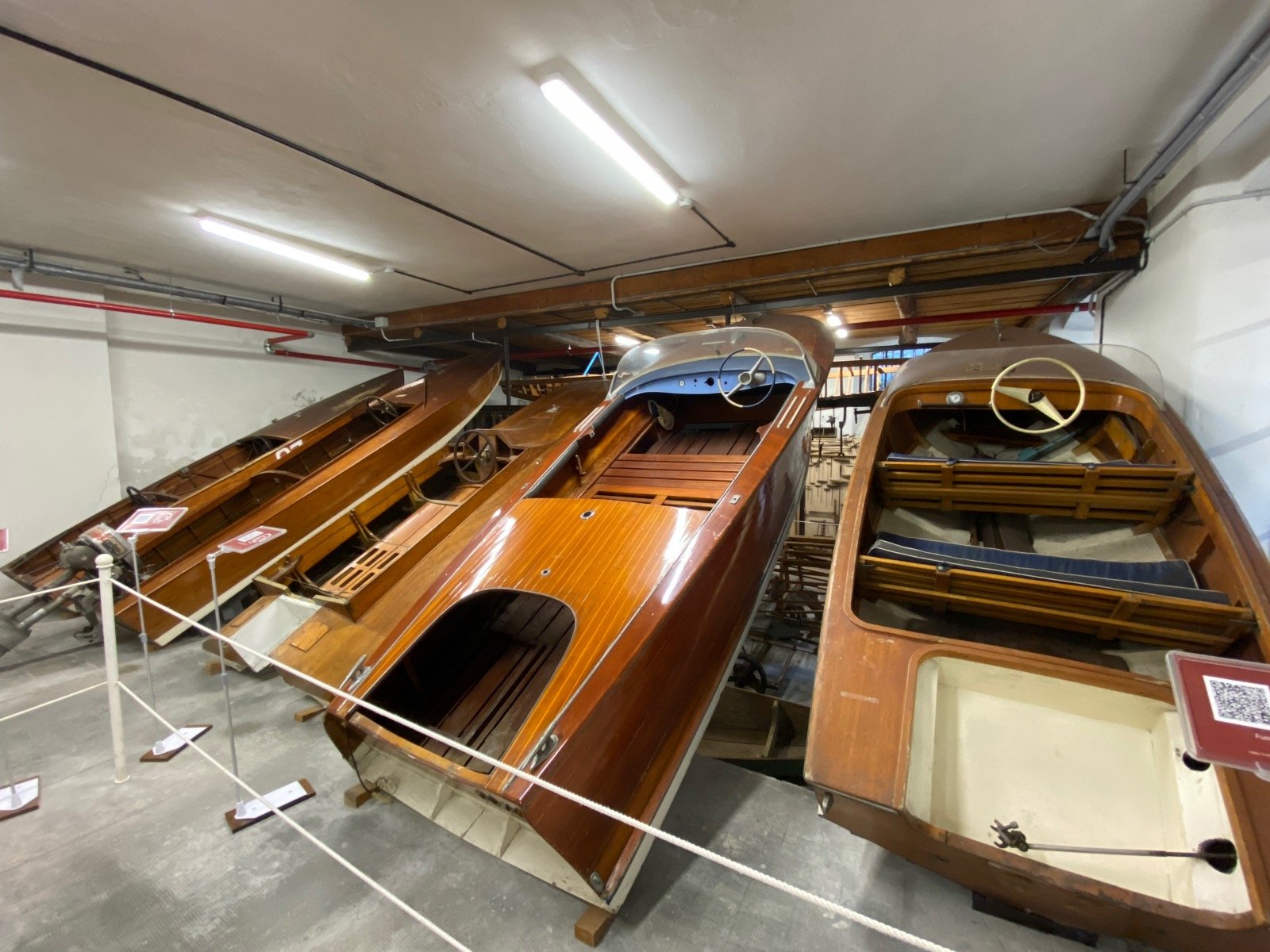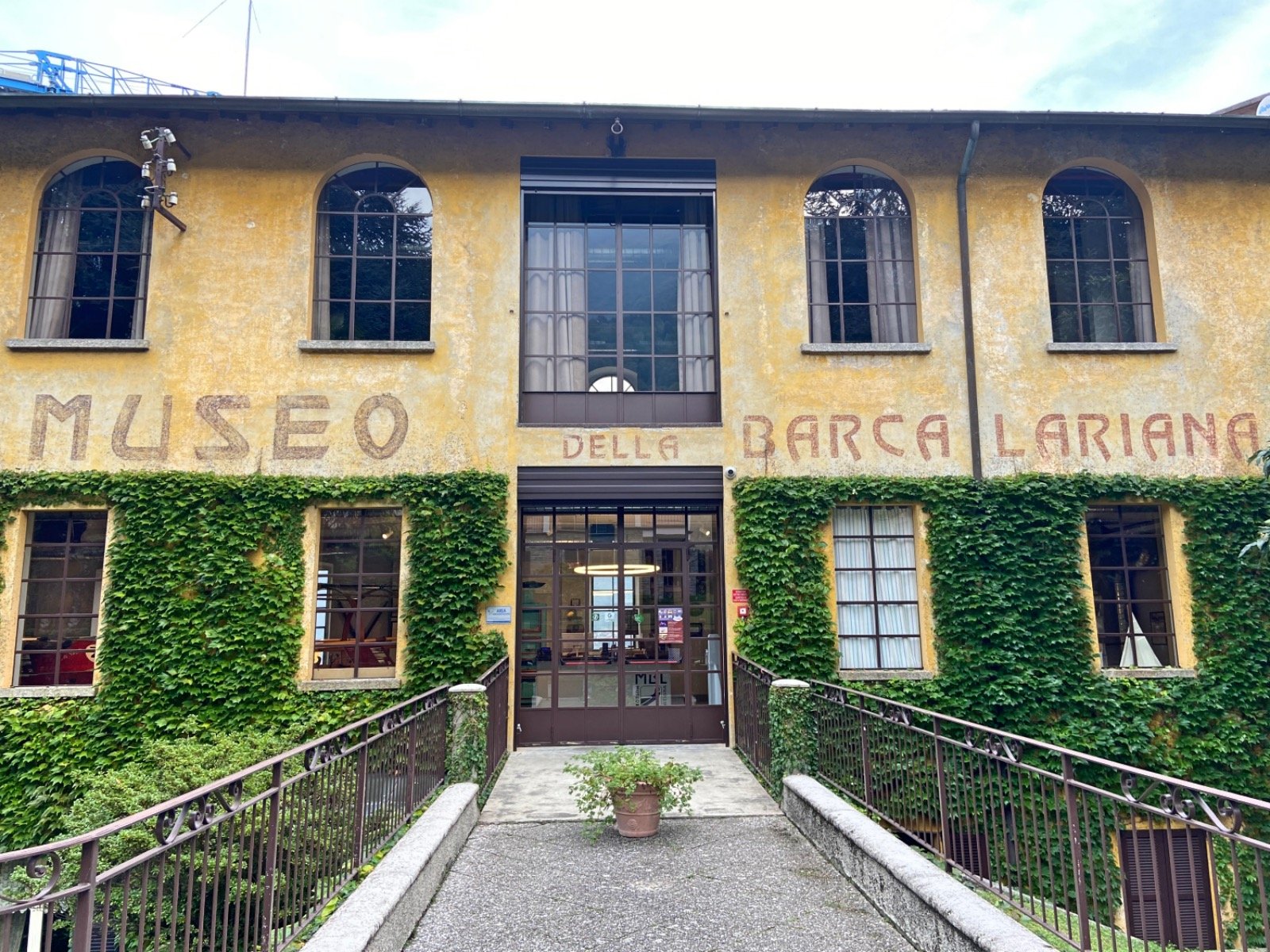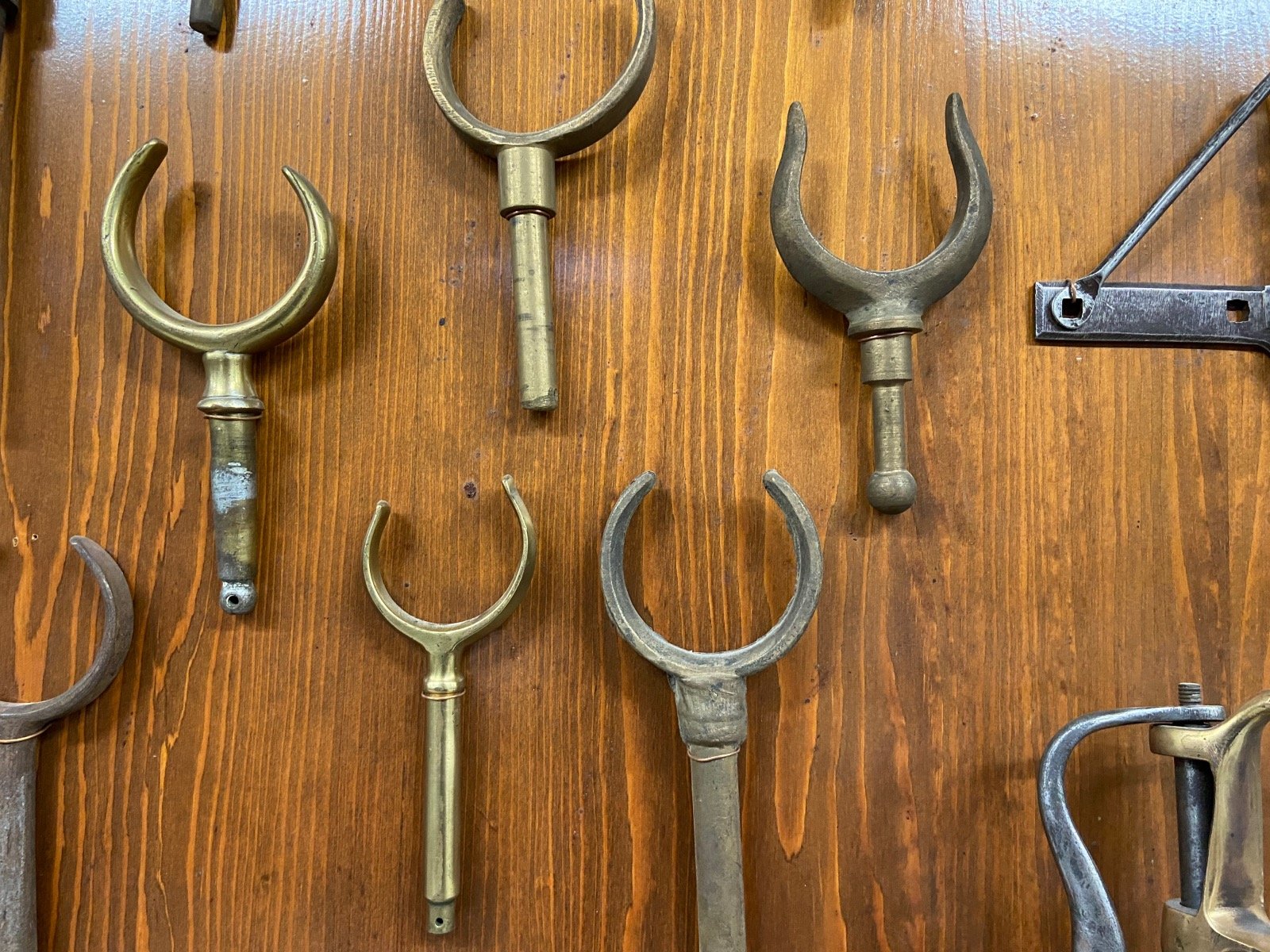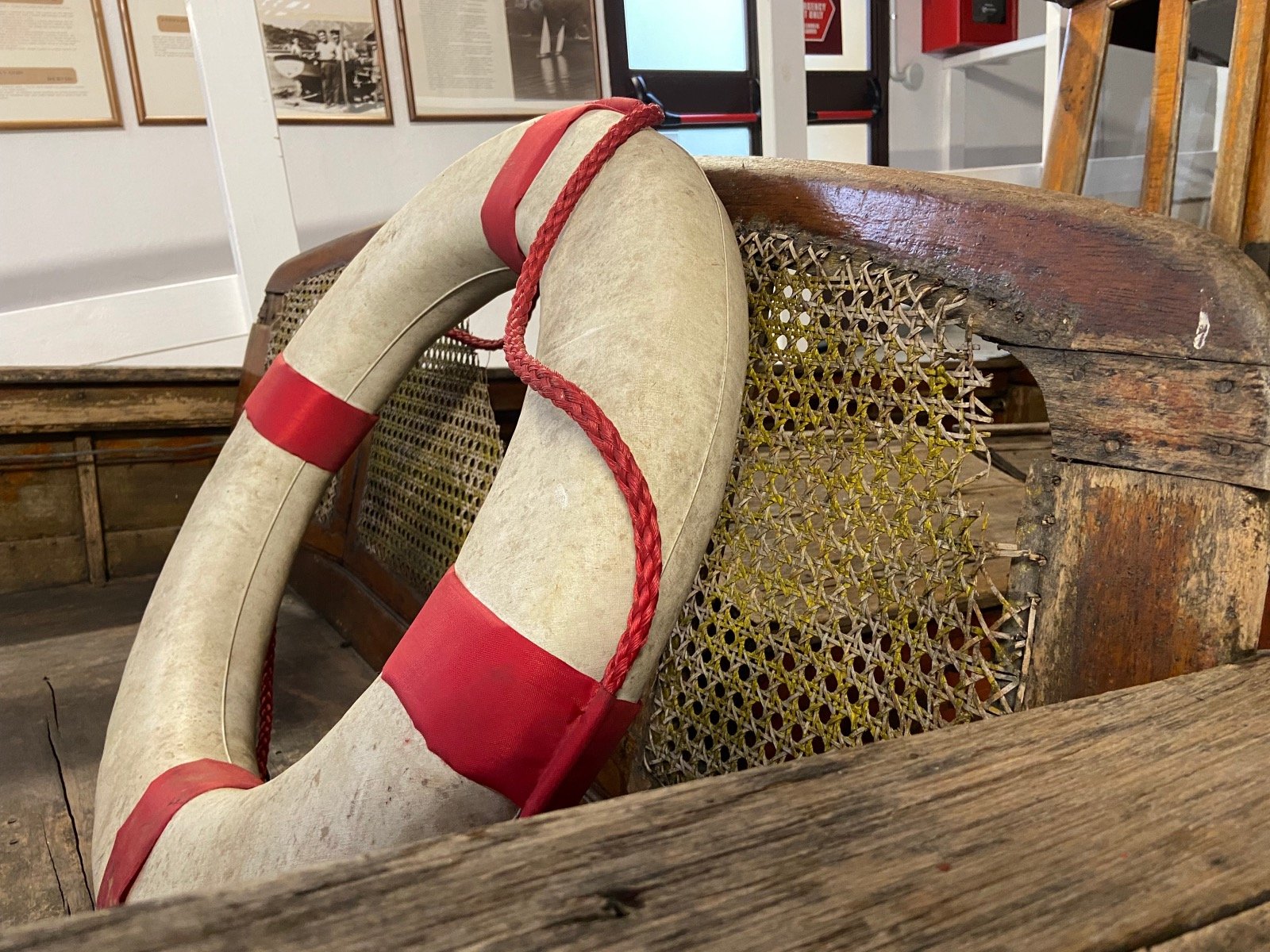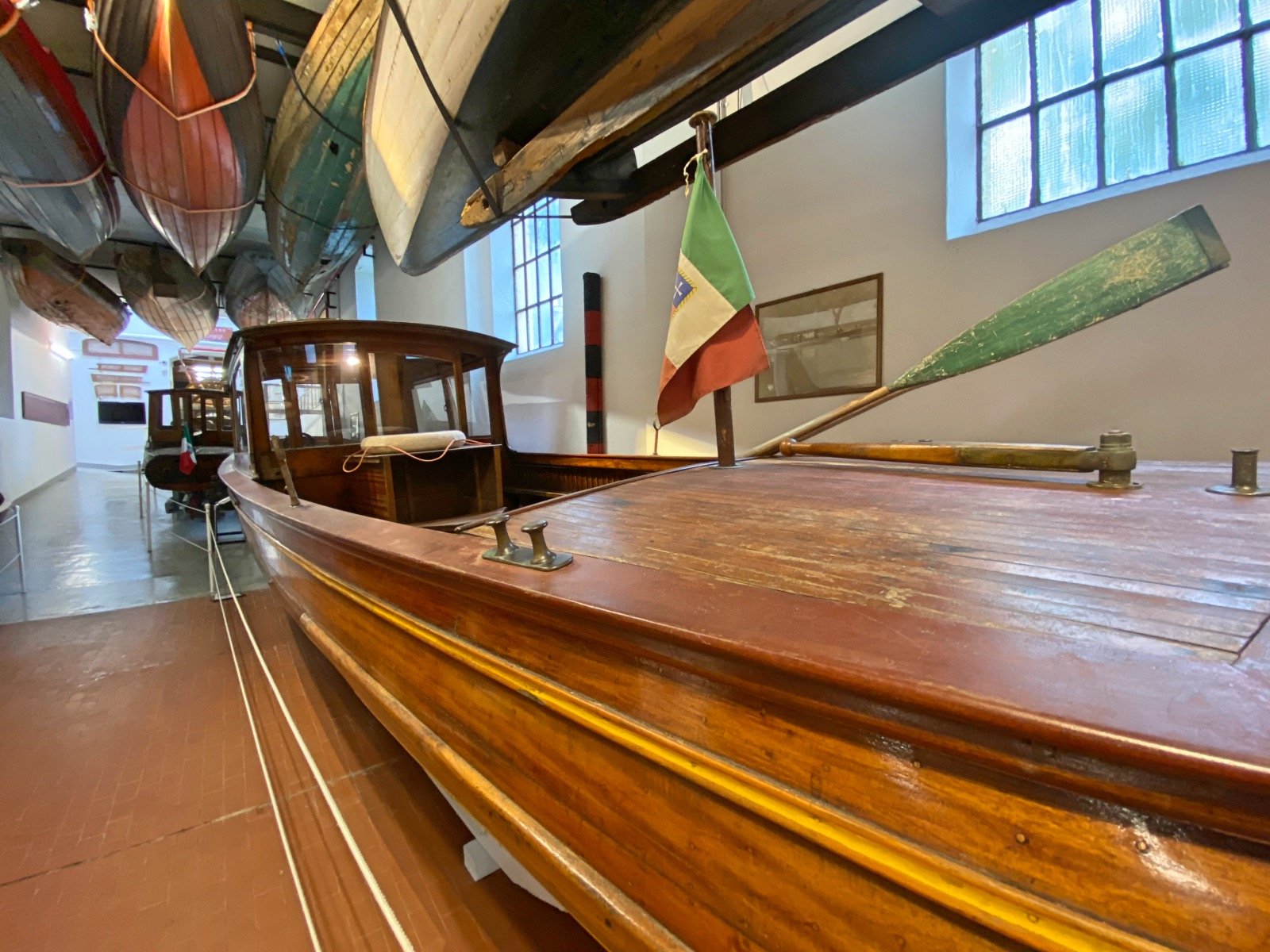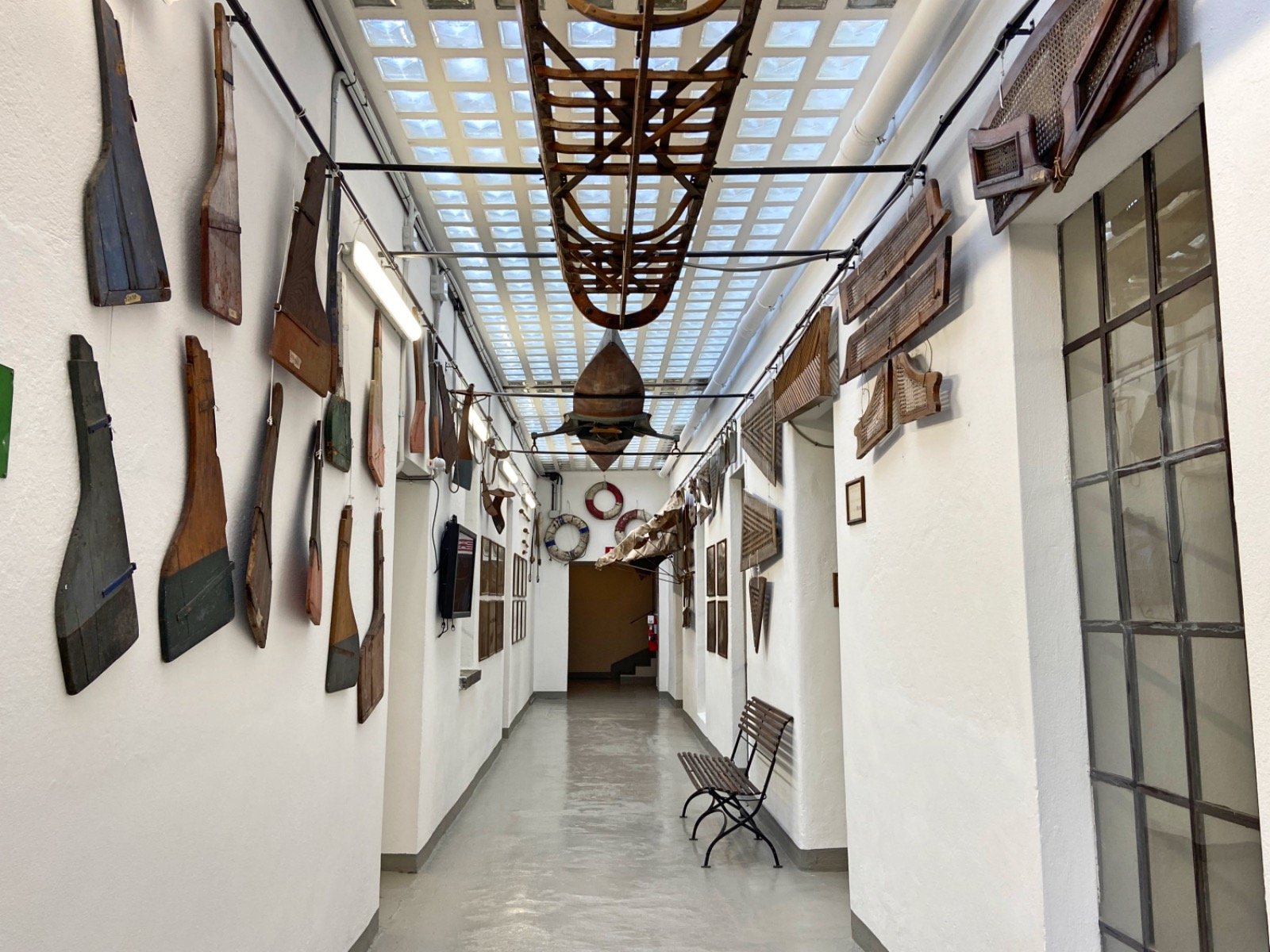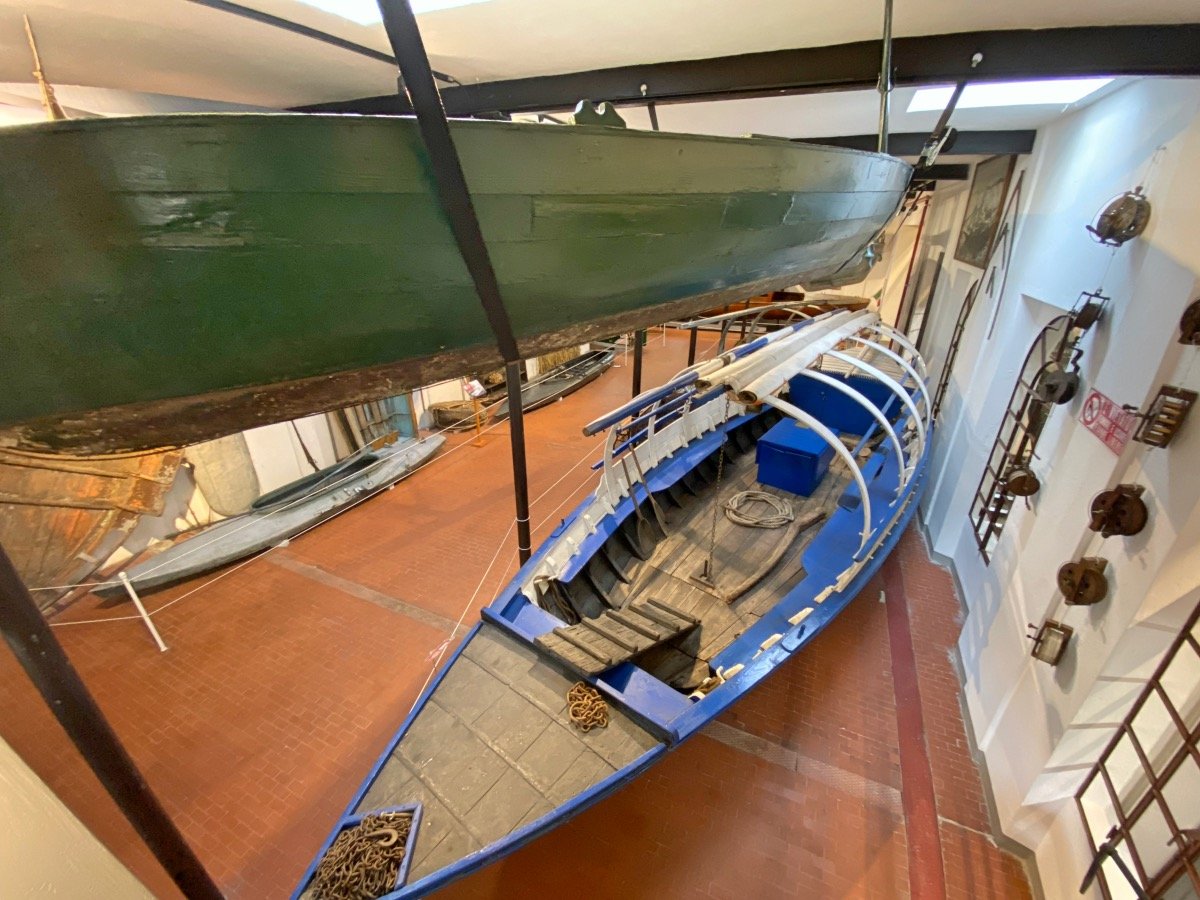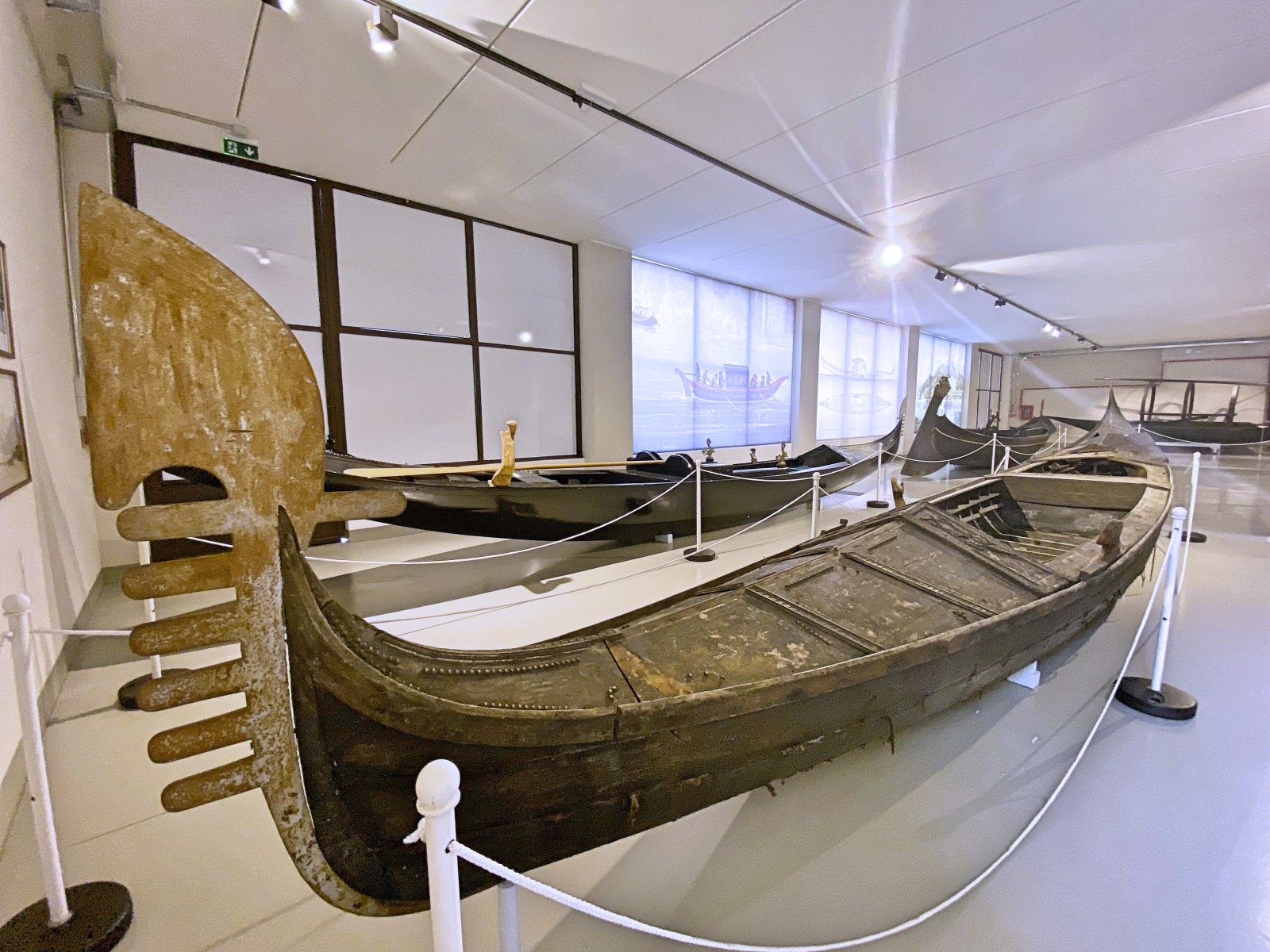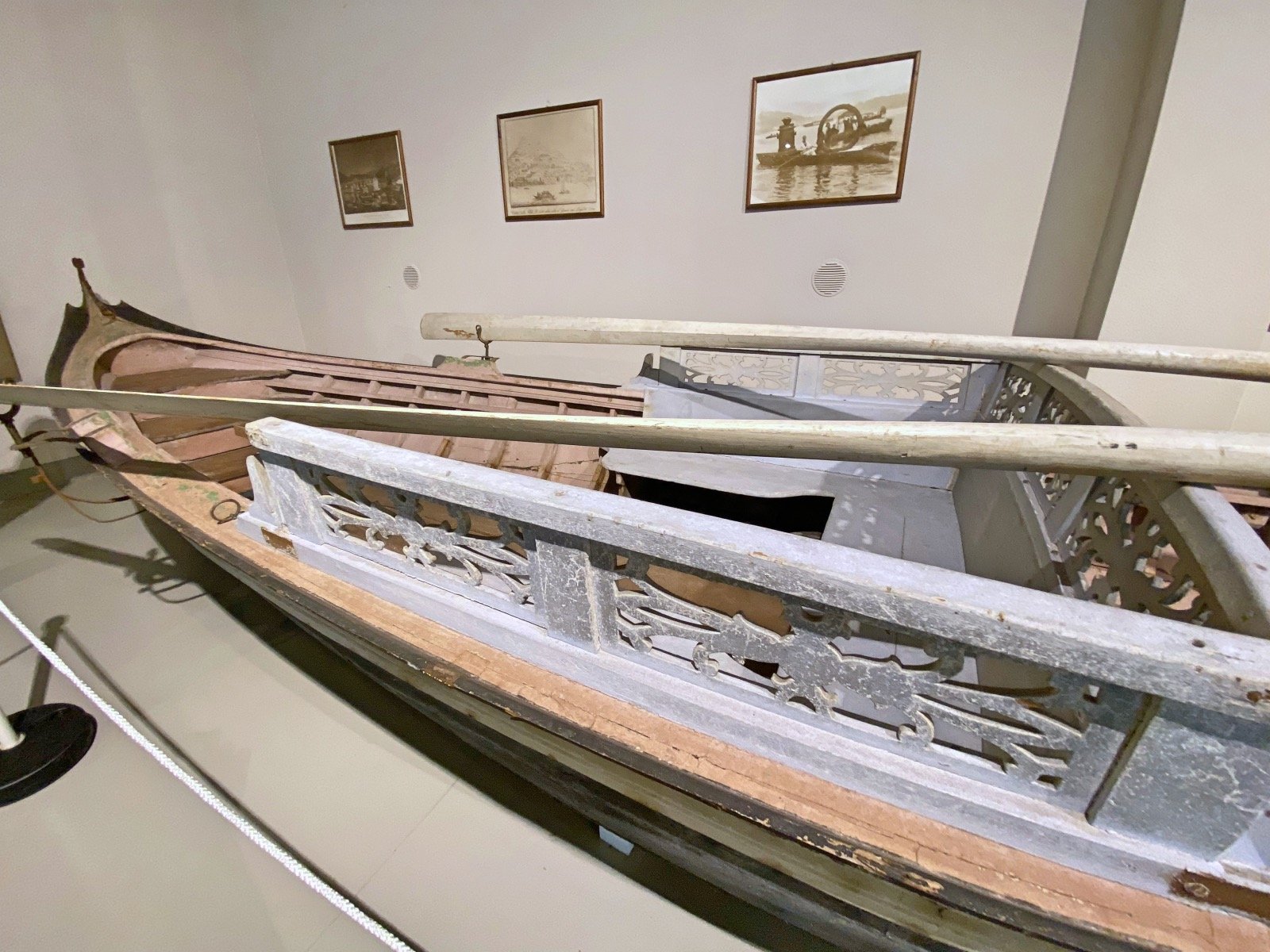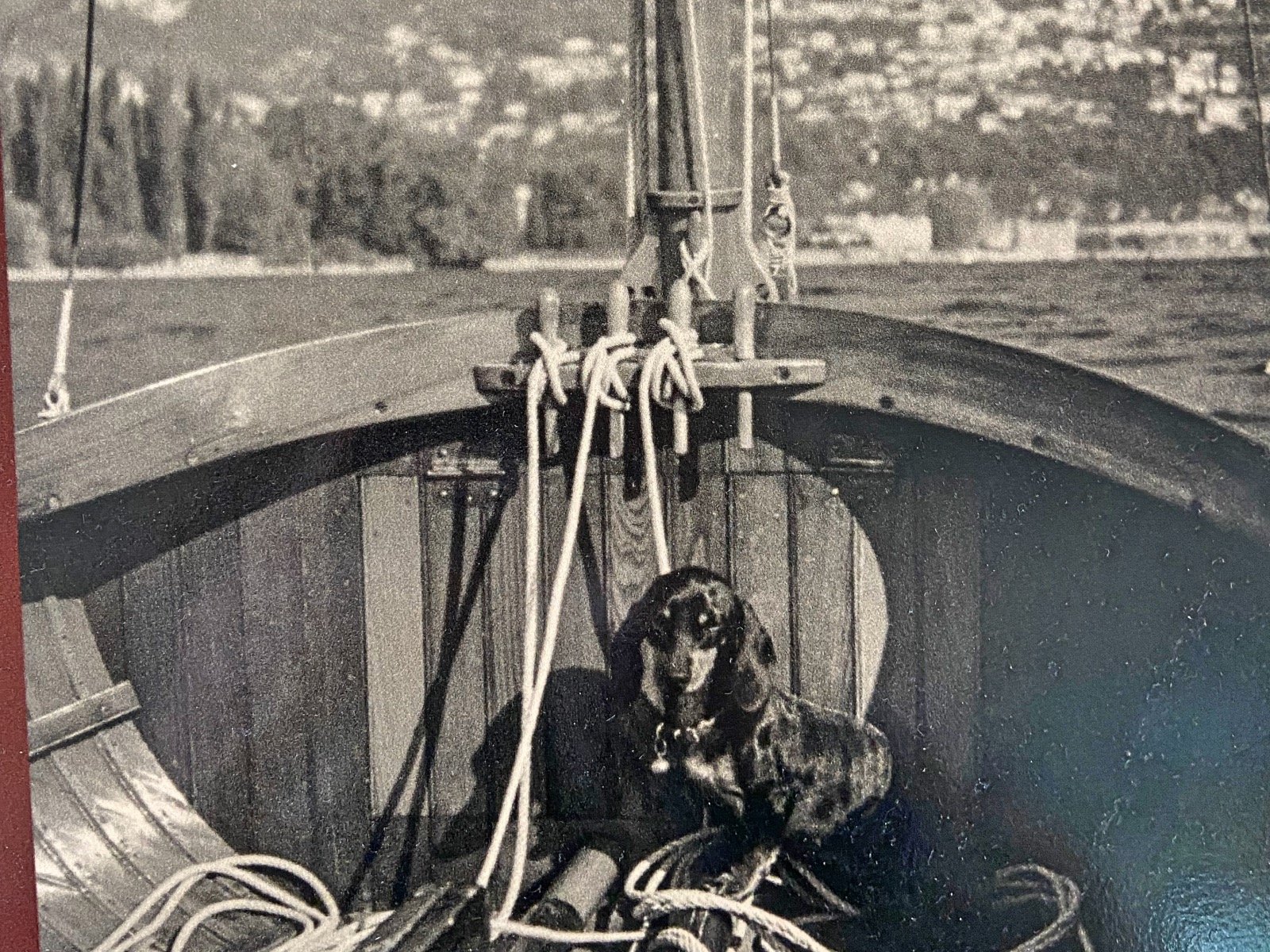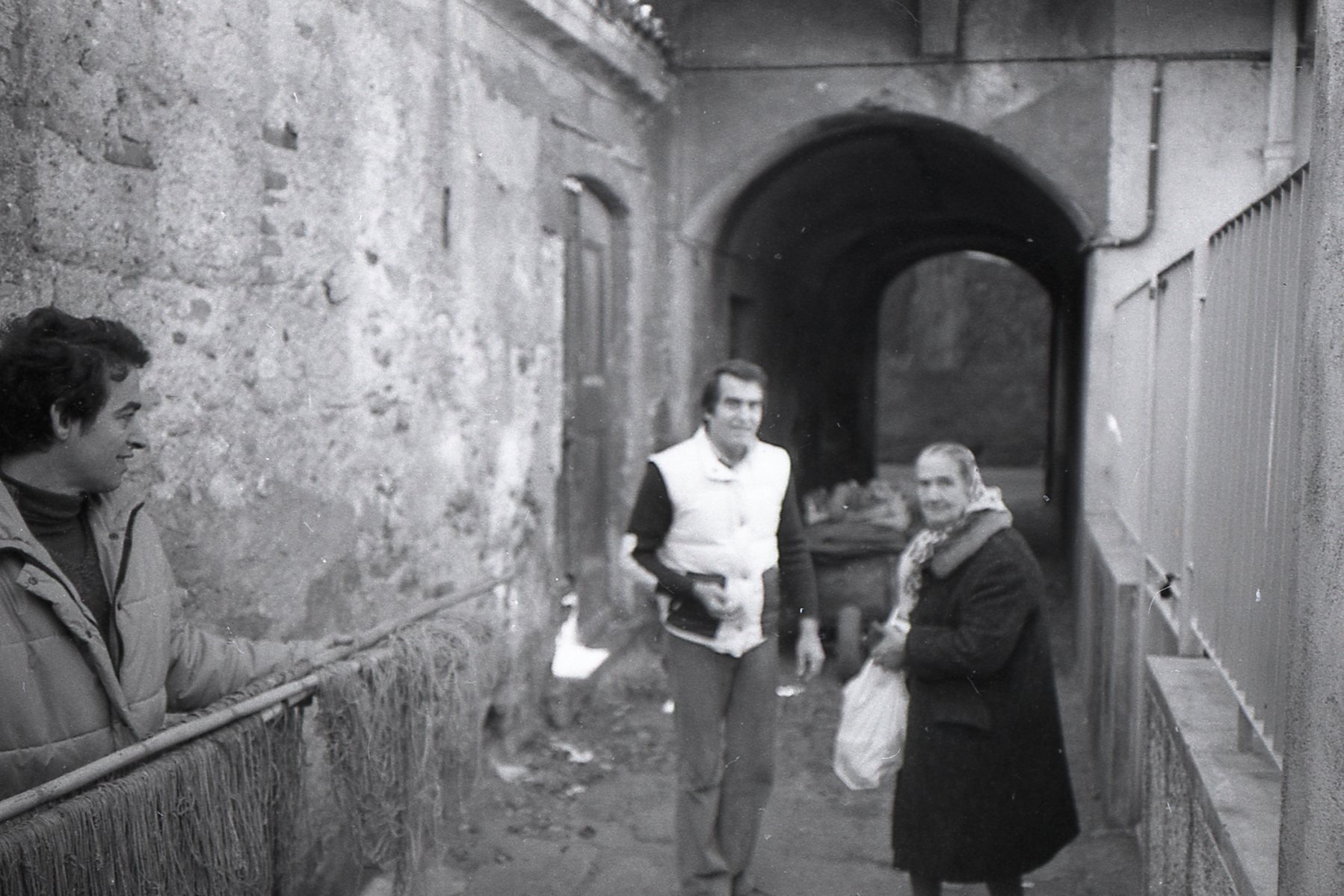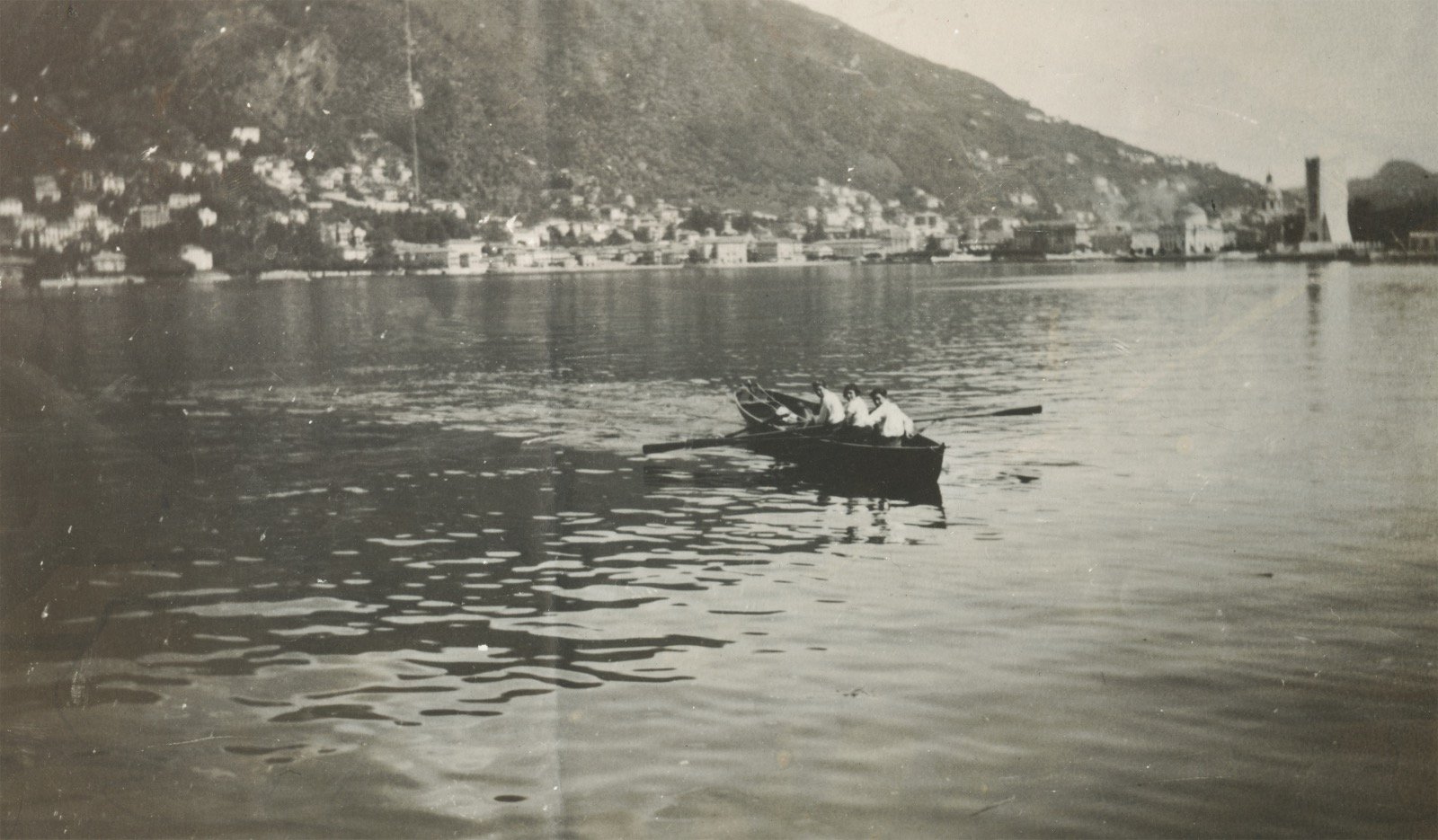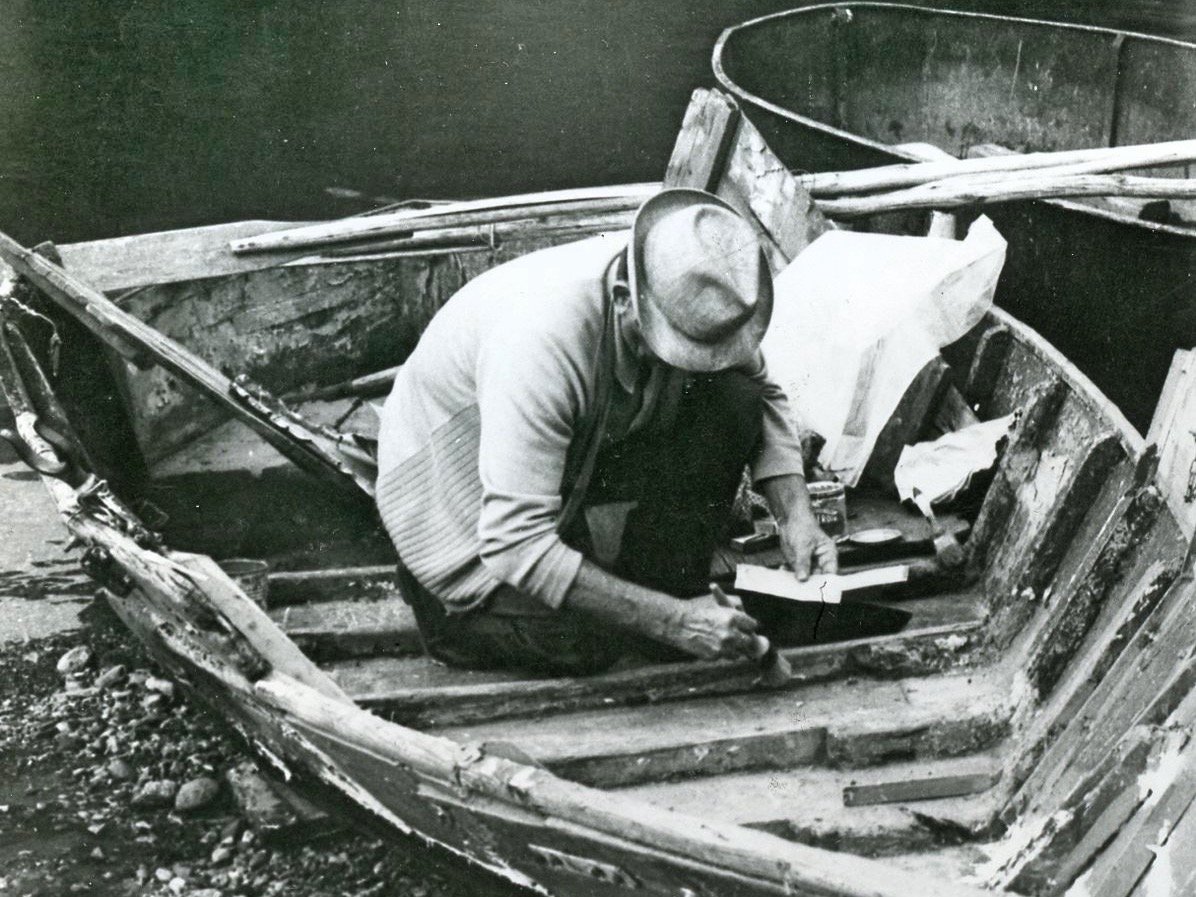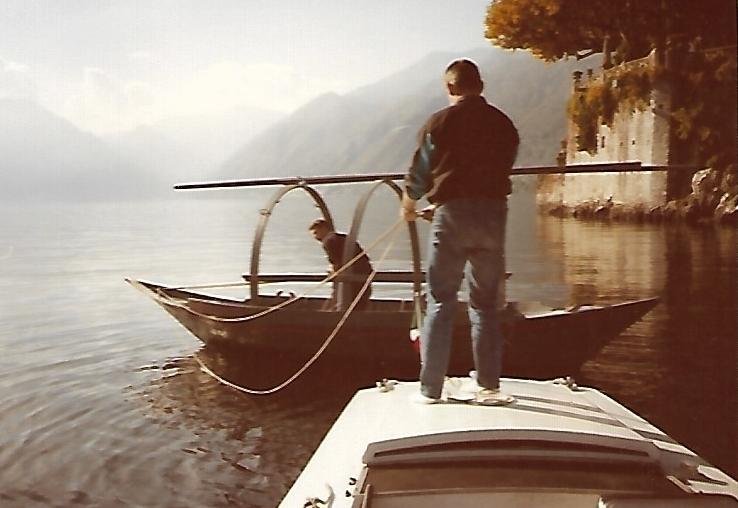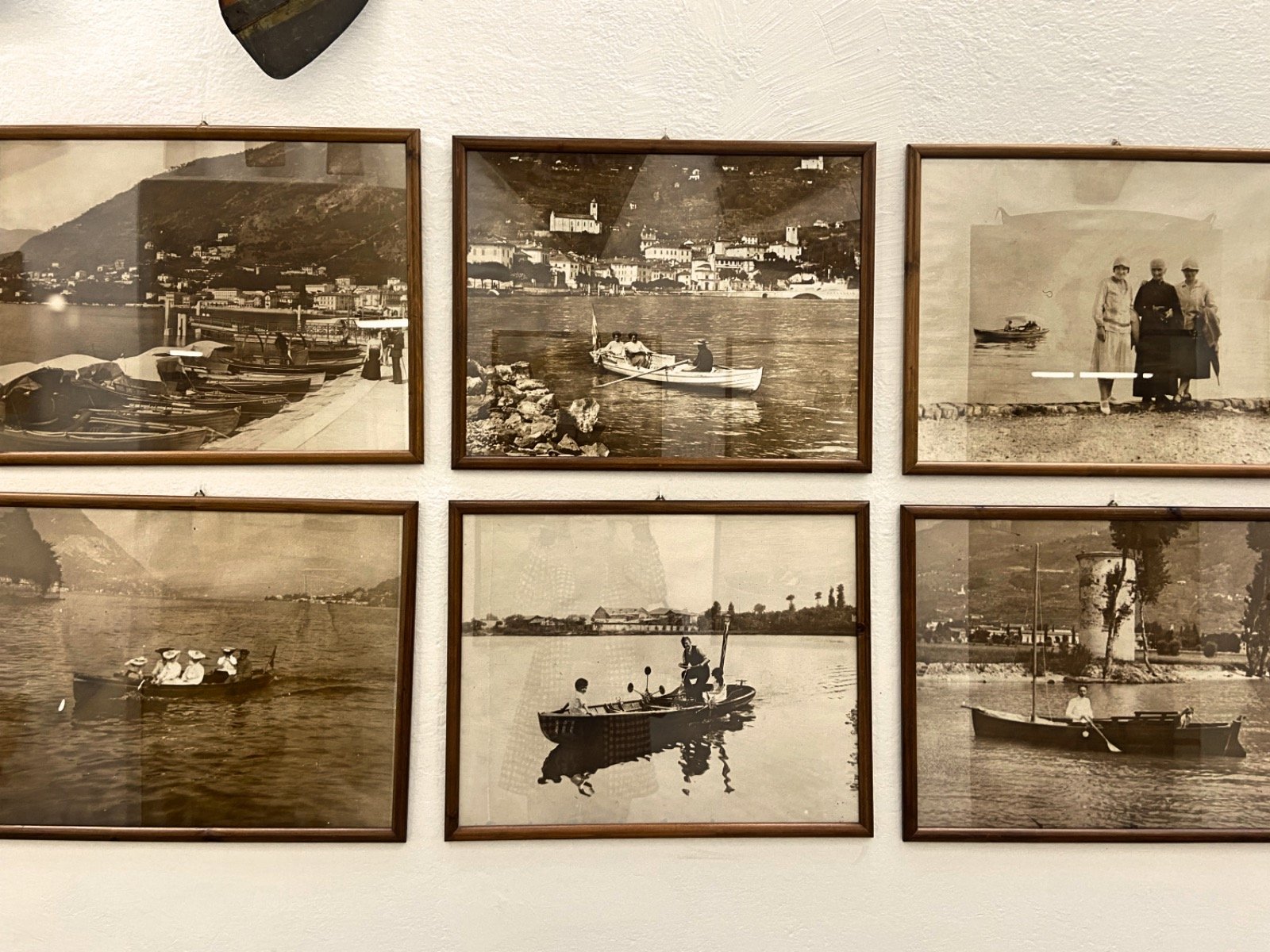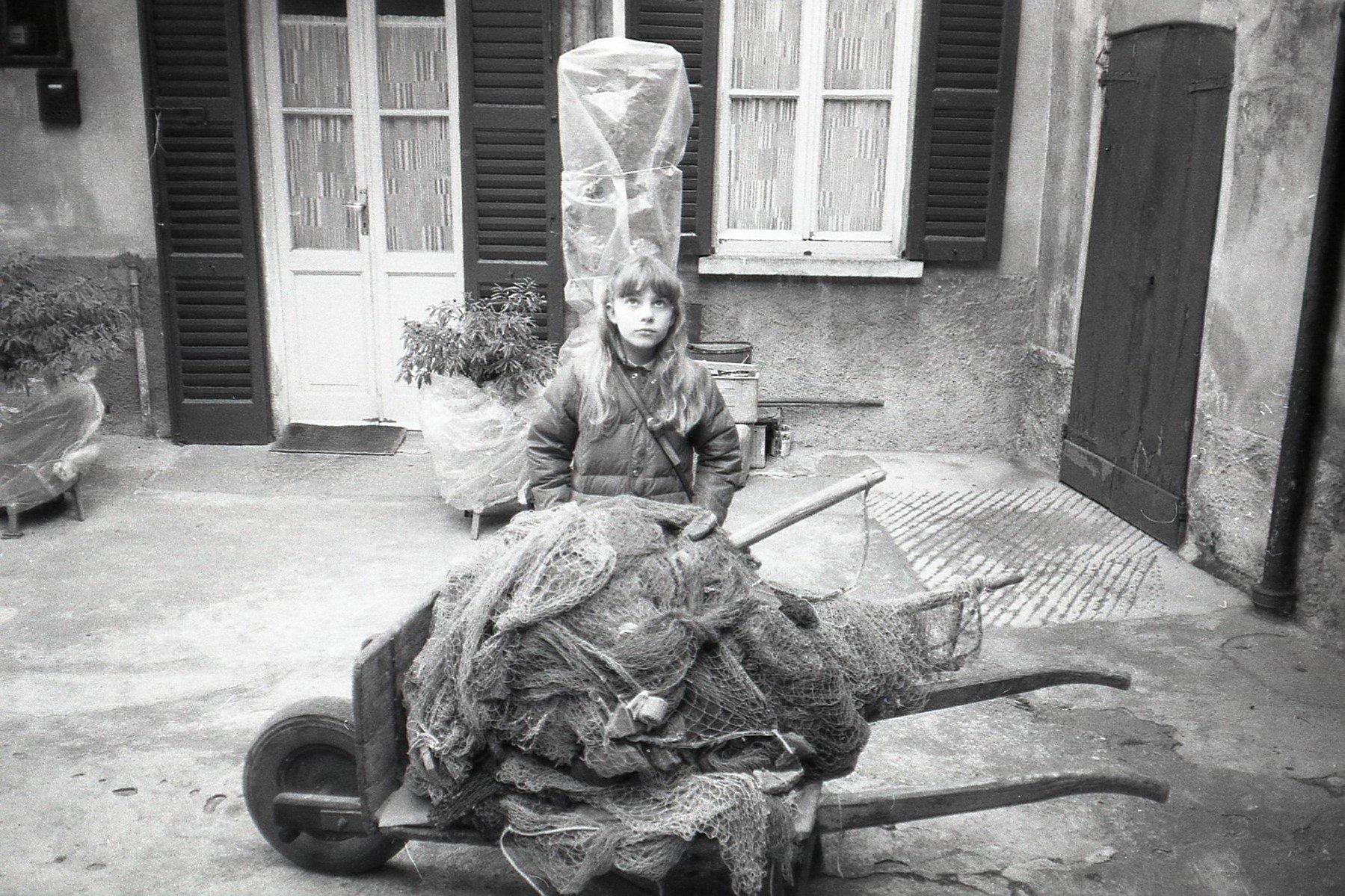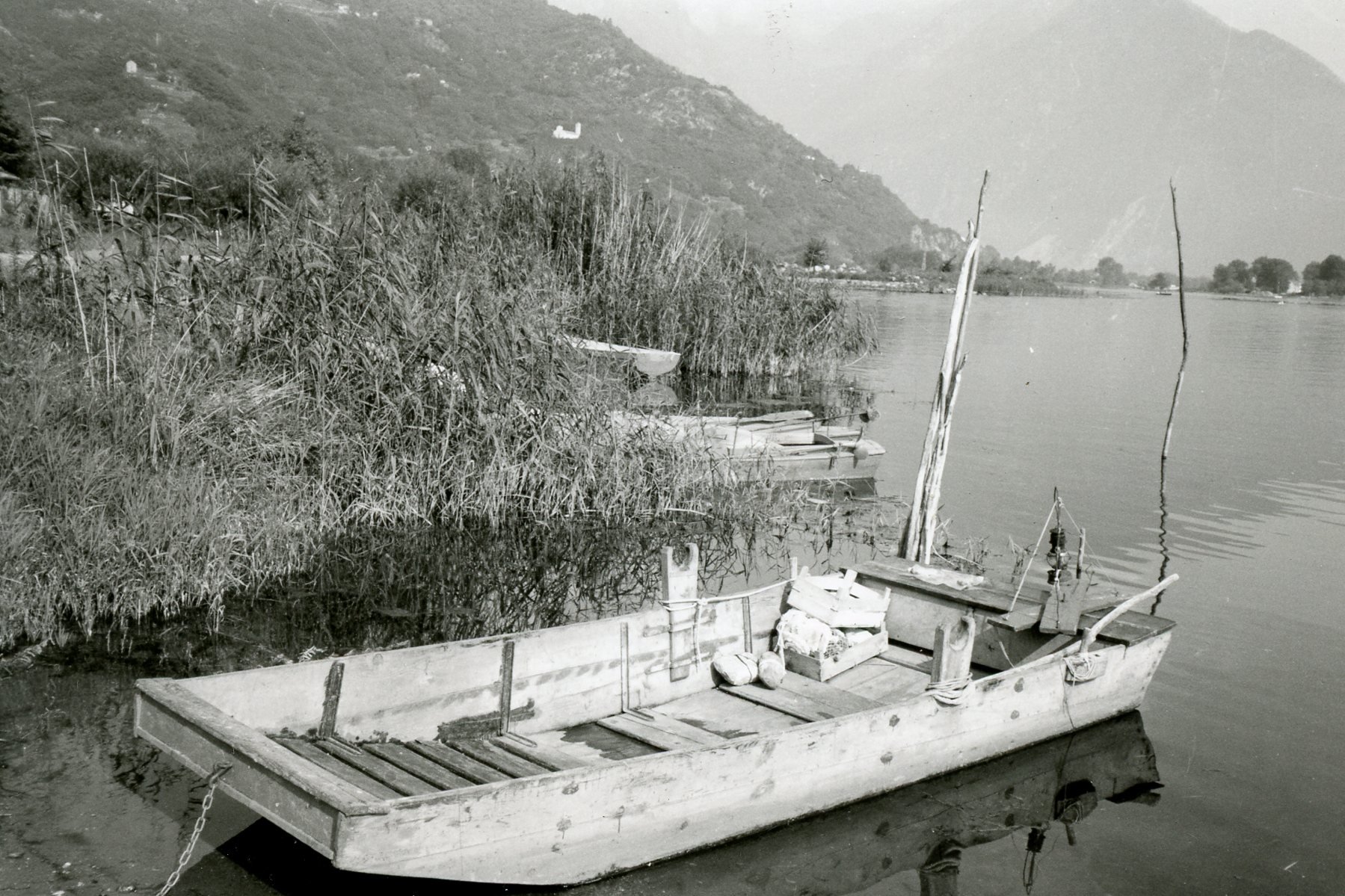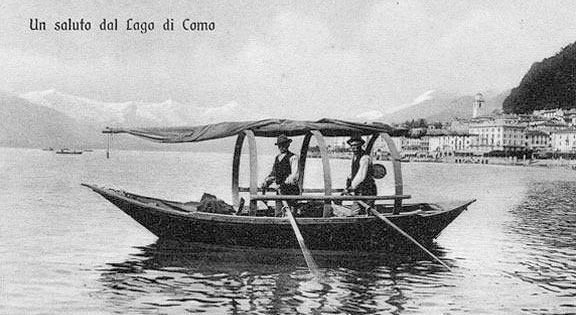12 Cultural Treats To Discover about Lake Como Visiting The International Museum of Vintage Boats in Pianello del Lario
Given the incredible selection of outdoor and sports activities, hiking paths and tours to spectacular period villas, it's reasonable to assume that visiting a museum may not exactly be a priority at the top of your to-do list during your stay at Lake Como.
But believe us, guys: taking a tour to the Lake Como International Museum of Vintage Boats in Pianello del Lario is much more than a simple cultural excursion... it's a real jump into Lake Como deep soul! Definitely something that every real traveler - not a tourist, a traveler who wants to dive into our local culture - must do while exploring our region.
© Lakeside
We're talking about what we think is by far the coolest museum of Lake Como. It's a wonderful 19-century spinning mill - masterfully restored with an excellent conservative restoration - which today, on over 4.500 square meters of exhibition, contains over 400 historic hulls including rowing boats, gondolas, fishing boats, hunting and smuggling, competition motorboats, sailing boats and old work boats; then there are 1000 hours of recordings and testimonies of shipwrights, fishermen; 350 examples of inboard and outboard engines; and then there are countless slides, period photos, and the vast library with over 2.500 historical and sector books and magazines. Not bad, isn’t it?
Definitely a unique heritage like no other in the world, an inestimable value for the nautical sector and for Italian history.
The museum - opened again in 2018 after 18 years - is destined to form the flagship for an ambitious project of a boat collection without equal in Europe.
© Lakeside
We don't want to reveal all that you can learn by walking through the halls of this Larian jewel, but we do want to intrigue you with some fun facts we learned during our last visit. We have summarized in 12 points some goodies and stories (some ordinary, others extraordinary) that have particularly impressed us.
© Lakeside
Are you ready for this dive into our culture and into the history of Italy as a whole? Keep reading then!
© Lakeside
#1 An incredible series of records
The museum hosts the oldest gondola with felts in the world, perfectly preserved; the Laura I ° Abbate, which was the first hull to break the 200 km/h barrier (and for this reason was nicknamed "the meteor of Lake Como”); the Cisko-Yu, a spectacular late 19th century English Thames A-Rater sail; the Balilla, the first single-prop steamship and the last remaining traditional boats on Lake Como.
The latest arrival is Freccia dei Gerani, a beloved hydrofoil and the only survivor of the Rhs70 Rodrigues, true technological jewels.
#2 The essential role of women
You will notice this by observing the boats exhibited in the museum: all the boats have female names!
This is because women have always played a crucial role in the nautical sphere: they administered the business, negotiated all the deals, cooked all the meals for all workers, and prepared the sails before putting them into the water (technically, they washed them into large basins with chestnut peel for the tannin to make them more resistant!).
#3 The boats at the center of everything
In the past, the boats at Lake Como have always been at the center of everyone's life and activity: they’ve been used for smuggling (the “rebel soul” of Lake Como, as we like to call this particular shade of our local history), trade, transporting animals, weddings, typical festivities... the boats were really at the center of everything.
A boat with fishermen in Pescarenico
Over time, everyone worked hard to build boats, and many people got specialized, becoming renowned shipwrights. The shores of the lake - where the lucky winds of Breva and Tivano blew, perfectly aligned with the two branches of Como and Lecco - were a flourishing of families strictly linked to the construction of boats.
© Lakeside
#4 The boats and the war
During the Second World War, many boats on the lake were painted dark to camouflage them in the dark green water of the lake: this is because they were the easiest target for bombing.
During the years of that war, many assault boats were built at Lake Como at the Cranchi shipyard. At the end of the hostilities, a dozen of these were under construction and, knowing that no one would want them anymore, Cranchi decided to modify them in order to be able to sell them; so, a meter of stern was cut, then closed with the mirror in order to allow the use of the outboard.
© Lakeside | “Sepultuns”’s work tools
#5 The "first lake": 1L
© Lakeside
You will notice, on some of the boats exhibited at the museum, the painted wording "first lake" - 1L: it was the common way to register the boats manufactured at Lake Como. A proud mark of distinction for our boatmen!
© Lakeside
#6 Comballo: the largest boat of the lake
The “comballo” was the largest transport boat used on Lake Como. With its flat bottom and straight sides, it could reach 32 meters in length and carry up to 120 tons. Its origins are pretty ancient: it seems it was already used in Roman times!
The “cumbàlatt" (the boatmen using a comballo) used to fill the boat with goods to the brim in order to make the most of their profits, often risking terrible shipwrecks.
#7 The nickname of shipwrights: “sepultùn”
Do you know how Lake Como shipwrights were nicknamed?
“Sepultùn", literally “buried people”: that was their second name, most probably due to the fact that they used to spend their entire day hidden inside their boats while building and working on their finishes.
© Lakeside
#8 Visconti movies
If you’re a lover of Luchino Visconti's movies, you can't miss the short clips of his most famous masterpieces on floor -2, played inside a romantic wooden boat. A wonderful stylistic choice of the museum, and a tribute to the great director who always had Cernobbio in his heart.
© Lakeside
© Lakeside
#9 Giulia, awesome creature
It’s huge, dusty, and amazingly nostalgic in its maternal vibe: we’re talking about Giulia, today the largest surviving gondola, which you can admire just outside the entrance hall of the museum.
© Lakeside
"Born" in 1927, Giulia is one of the indisputable icons of Lake Como, as it sailed the waters of our lake for almost a century, mainly transporting flour, pasta, and quintals of fodder for the poultry farms of Lezzeno, on the eastern coast of the lake.
During the war, this gondola was subjected to machine-gun fire by British airplanes, but luckily without serious consequences.
Giulia was also used by local farmers for transferring livestock to different pastures.
#10 Rowing and the Olympics
At the International Museum of Vintage Boats you'll find an entire room dedicated to the victories of the great Larian champions.
The first “comasco” to win the title of world rowing champion was Giuseppe Sinigaglia, gold in the Single.
The team of four very young Moto Guzzi workers from Mandello del Lario should also be remembered: these guys were later nicknamed "the golden eagles" because in 1948 they won gold at the London Olympic Games, beating the English and making Moto Guzzi known all over the world.
The Falck steel mill in Dongo also had its own rowing team, the Canottieri Sport Dongo Club, founded in 1927 and later called "Falck Company After Work".
The team won three Italian Champion titles, the silver medal at the XVII Olympics in Rome and gold in Prague at the 1961 European Championship. The four worker-athletes were elected Knights of the Republic for sporting merits.
#11 MEROPE, The Star of the museum: gold medal in Helsinki with Straulino
Merope: that’s the name of the boat that belonged to Agostino Straulino, the greatest Italian sailor ever. Merope was built in 1949 in Connecticut in the Old Greenwich Boat Corporation shipyard of E.W. Etchells, at the specific request of the Italian Navy. The company used Red Cedar wood, a fabulous one: very light, without knots and with extraordinary conservation properties.
The boat was entrusted to the skilled hands of Straulino. In 1952 in Helsinki, Merope in one last incredible heat snatched the gold from the Americans.
#12 And if you wish… you can adopt a boat!
The museum offers its supporters the possibility of adopting a boat from the collection.
© Lakeside
A static adoption or a dynamic one is possible: with the static one, the supporter can request the boat adopted for temporary exhibitions at private structures, on the occasion of events; with the dynamic adoption, it's possible to use the boat in the water for meetings and special events. Don’t hesitate to contact the museum to find out more!
Via Regina 1268, 22010 Pianello del Lario – Lake Como. TEL. +39 0344 87235 (info@museobarcalariana.it)
© Lakeside
Article by Laura Zanotta
All the cultural articles of Comolakesideblog are independent and never promotional; they are meant to show the Beauty, culture and roots of Lake Como to the world.



